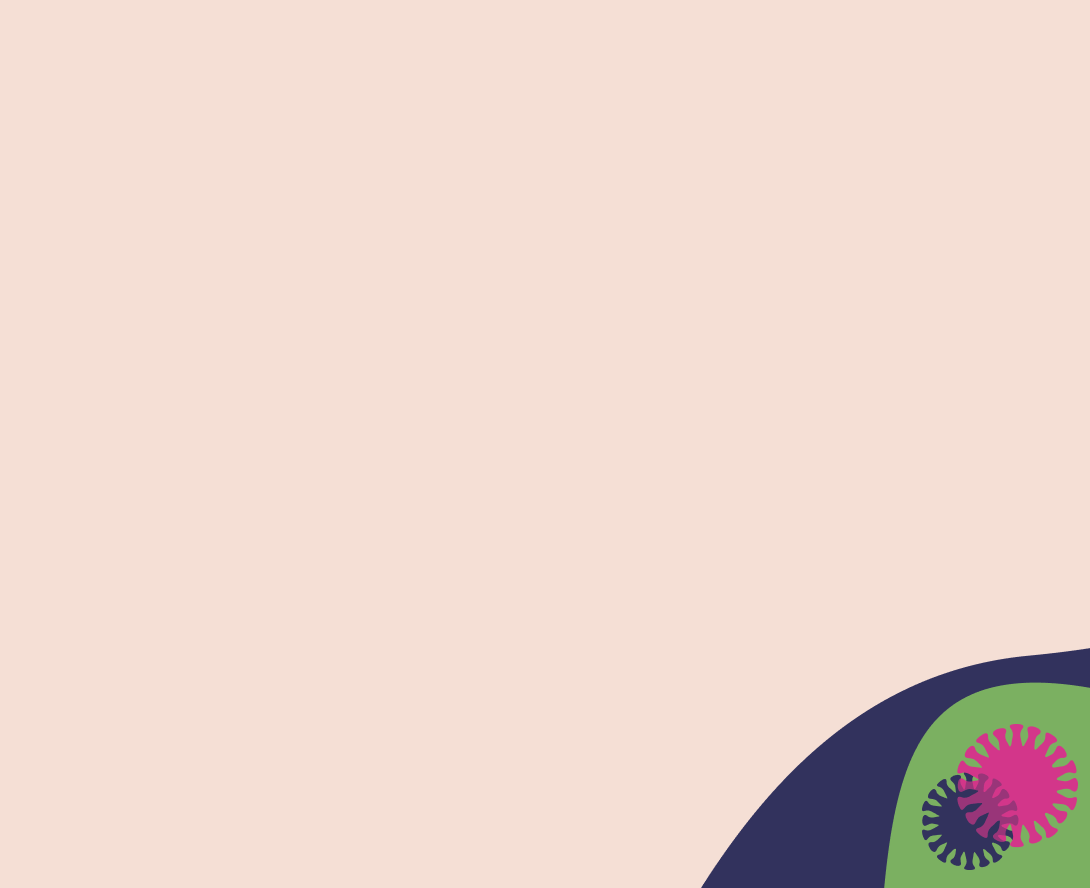
Back to school: how to check your child for head lice and nits
Peer reviewed by Dr Krishna Vakharia, MRCGPLast updated by Lydia SmithLast updated 30 Aug 2023
- DownloadDownload
- Share
Head lice and nits are dreaded words for many parents, but they are very common in young children. According to the British Association of Dermatologists, the beginning of the autumn school term is when they are most likely to start. So if your child comes home from school with an itchy head, how can you check that these bugs are the cause?
In this article:
Continue reading below
What is the difference between head lice and nits?
Head lice are tiny insects that feed on blood from the human scalp and can attach to the hair. Nits are the small brown or white eggs left in the hair by lice.
Head lice are spread by head-to-head contact, but aren’t a sign of poor hygiene or an unclean home. Lice don't carry viruses or bacterial diseases.
Although you can't prevent head lice, you can stop them from spreading by getting rid of them quickly.
Patient picks for Hair and scalp problems

Skin, nail and hair health
Why going bald can seriously affect your mental health
Most men begin to notice thinning hair or a receding hairline in their 20s. But although male hair loss is incredibly common, it can still be very distressing and negatively affect self-esteem. Dr Max Pemberton explores the psychological impact of balding and what to do if you're losing your confidence along with your tresses.
by Dr Max Pemberton, MRCPsych

Skin, nail and hair health
Telogen effluvium
Telogen effluvium (hair loss) is a condition where more than normal amounts of hair fall out. There is a general 'thinning' of the hair. Unlike some other hair and scalp conditions, it is temporary and the hair growth usually recovers.
by Dr Hayley Willacy, FRCGP
What are the signs your child has head lice?
Head lice can make the head feel itchy or as if something is moving in the hair. However, the only way to be sure your child has lice is to comb through the hair to find the insects or their eggs.
You can do this using a special, fine-toothed comb - available online or in pharmacies or supermarkets - which will pick up the lice if they are there.
Head louse

Continue reading below
How to check your child for head lice and nits
Head lice are small insects that are up to 3 mm long. Nits - lice eggs - look like small yellow or brown dots. They’re often found on the hair close to the scalp, where the temperature is higher and keeps them warm before they hatch.
Using a head lice-detection comb, part the hair and check for eggs or lice. This can be easier to do if the hair is wet.
Lice eggs hatch up to two weeks after they are laid. After hatching, the remaining egg shell looks white or clear and stays attached to the hair.
Nits

How to get rid of head lice
If you find lice or nits, you should treat them quickly.
Try wet combing the hair
Wash the hair with normal shampoo, rinse and apply lots of conditioner. Then, thoroughly comb the hair from the roots to the ends using the fine-toothed comb. You can buy combs especially for this purpose - such as the Nitty Gritty.
When wet combing, check the comb for lice or eggs after every stroke and remove them by rinsing or wiping the comb.
If you are combing dry hair, you’ll need to look for live lice as you comb, and trap any using your thumb as you pull the comb out.
You should check all members of your household for head lice with this combing method.
Use medicated shampoos
You can buy medicated shampoos - such as Hedrin and sprays - such as Full Marks from pharmacies and supermarkets to kill head lice. Some products come with a comb to remove dead lice and eggs once you’ve used the shampoo or lotion.
It’s important to read the instructions as some medicated treatments may need to be repeated to ensure all the lice are eliminated.
You may want to avoid these products if your child has sensitive skin or allergies to certain chemicals or ingredients.
Always read the packaging as some insecticides aren't recommended for children under two years old, pregnant or breastfeeding women or people with eczema or asthma.
Remember the whole family will need to be treated to make sure everyone is free of nits and lice.
Article history
The information on this page is peer reviewed by qualified clinicians.
30 Aug 2023 | Latest version
1 Feb 2023 | Originally published
Authored by:
Lydia Smith

Ask, share, connect.
Browse discussions, ask questions, and share experiences across hundreds of health topics.

Feeling unwell?
Assess your symptoms online for free